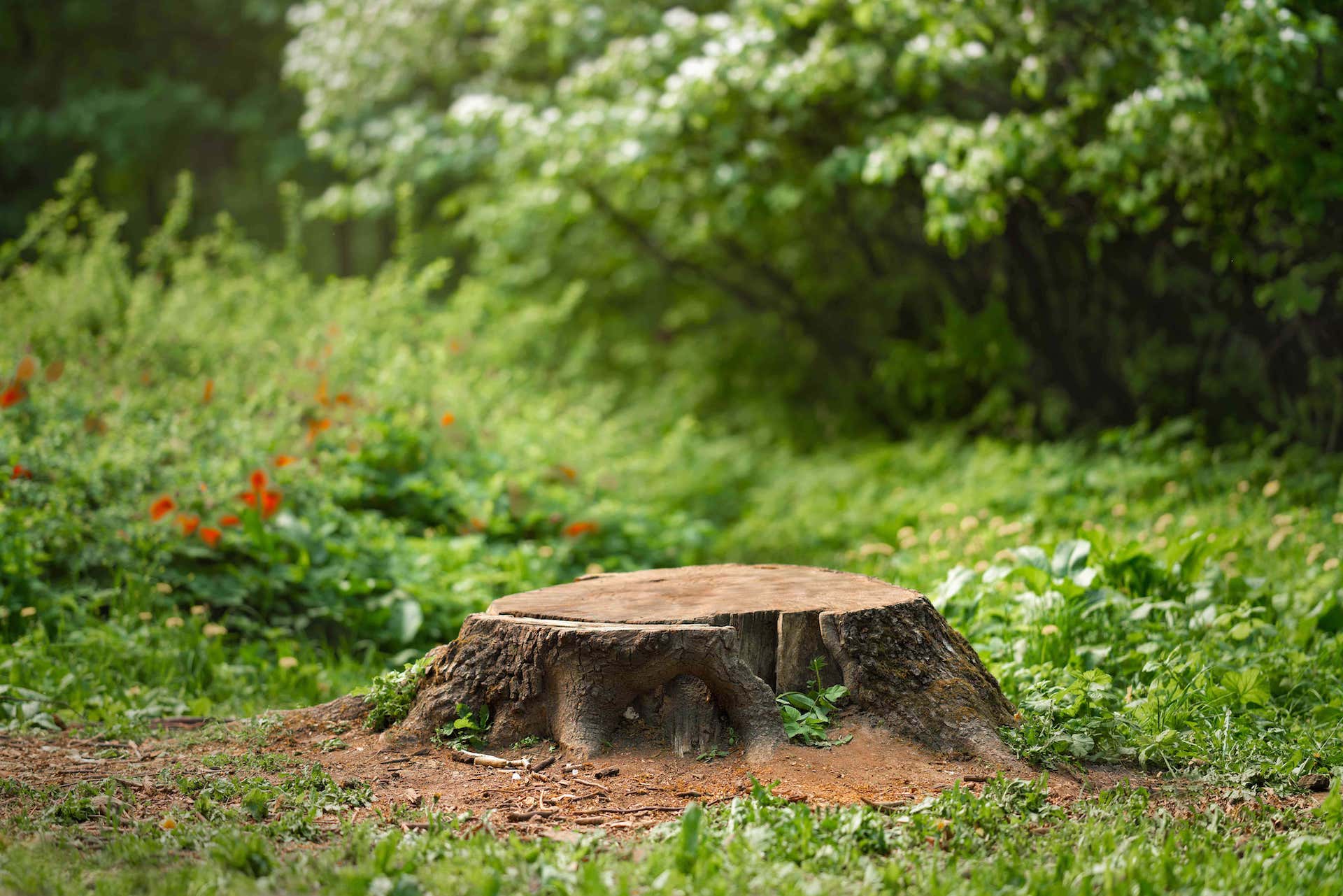
How to Choose the Right Tree for Your Yard: Expert Tips from O'Donnell Services Oct 23, 2025
Firstly, it's essential to assess the conditions of your yard. Start by evaluating the soil type, sunlight availability, and space. Different trees thrive in varying conditions, so knowing these details will help you narrow down your options. For instance, if your yard receives a lot of sunlight, consider hardy species like oak or maple. Conversely, if your space is shaded, dogwood or Japanese maple could be ideal choices.
Next, think about the purpose of your tree. Are you looking to create a shaded area, or do you want an ornamental feature? Perhaps you're interested in a tree that will attract wildlife. Trees like the honey locust are great for shade, while cherry blossoms add ornamental value with their beautiful blooms. If attracting birds is a priority, consider planting berry-producing trees like the serviceberry.
Space planning is another critical consideration. Trees can vary significantly in size, both in height and width, so it’s important to account for their mature dimensions. Measure the area you're considering and ensure there's enough space for the tree to grow without interfering with structures like your home, power lines, or neighboring properties. For smaller yards, consider compact trees like dwarf fruit trees or the crepe myrtle, which offer beauty without overwhelming the space.
Maintenance needs should also influence your decision. Some trees require more care than others, so it's crucial to match your choice with the time and effort you're willing to invest. For example, evergreens like pines are relatively low maintenance and retain their foliage year-round, providing constant greenery. Deciduous trees, on the other hand, offer stunning seasonal changes but will require regular leaf cleanup in the fall.
Another important factor is climate compatibility. Be sure to choose trees that are native or well-suited to your specific climate zone. This not only increases the tree's chances of thriving but also reduces the need for additional resources like water and fertilizers. Consult the USDA Hardiness Zone map to help identify trees that will flourish in your area.
Lastly, consider the environmental impact. Trees are more than just a beautiful addition to your yard—they play a critical role in improving air quality and providing habitats for wildlife. Choose trees that contribute positively to your local ecosystem. Native species are often the best choice as they adapt well and support local biodiversity.
In conclusion, selecting the right tree for your yard involves careful planning and consideration of various factors, from site conditions and space to maintenance and environmental impact. O'Donnell Tree and Handyman Services are here to help you every step of the way, offering expert consultations and services tailored to your needs. By choosing wisely, you can enjoy a thriving, beautiful yard that complements your home and benefits the environment for years to come.
/filters:no_upscale()/media/14f08c1f-9e2e-411a-8a5b-45cd3018fb86.jpg)
/filters:no_upscale()/filters:format(webp)/media/443304d9-1117-46a0-aa0d-242fed478ba3.jpeg)